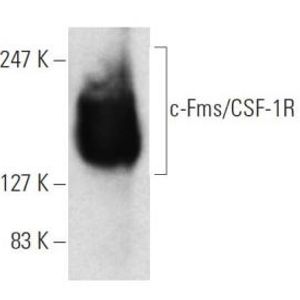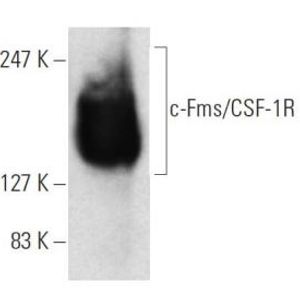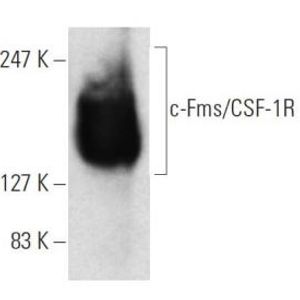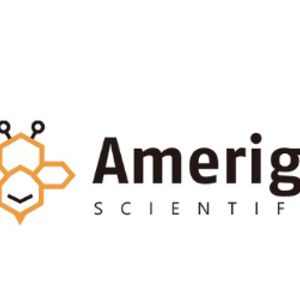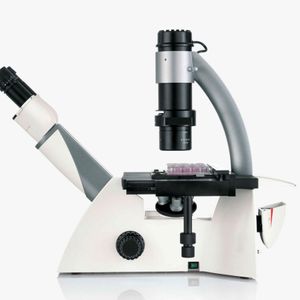Genetics & Genomics Webinars
Follow a comprehensive curation of novel and significant discoveries in the fields of genetics and genomics by watching these webinars. Highlighted areas of interest in the fields of genetics and genomics include epigenetics, molecular genetics, hereditary disease, clinical genetics, population genetics, etc.
Show More
-
JUN 22, 2022 | 11:00 AMDate: June 22, 2022 Time: 11:00am (PDT), 2:00pm (EDT), 8:00pm (CEST) ChipCytometry™ is a technique for collecting and analyzing highly multiplexed spatial cytometry data that has been...
-
AUG 30, 2022 | 1:00 AMDate: August 30, 2022 Time: 10:00am (CEST), 1:00am (PDT), 4:00am (EDT) Problem When it’s time for researchers to pick a protein or formulation, the best ones need to sweat it out at el...
-
NOV 08, 2022 | 9:00 AMDate: October 27, 2022 Time: 9:00am (PST), 12:00pm (EST), 6:00pm (CET) The Problem Buffer exchange is a critical step to developing optimal vectors and payloads. Compared to biologics, deve...
-
JUN 15, 2023 | 9:00 AMAdvancements in protein and gene therapy research have led to more complex modalities being developed. In addition, the desire for a deeper understanding of these molecules enhances the need...
-
September 13 at 9:30am IST, 12:00pm CST/SGTLiquid biopsy is an emerging area of clinical research, particularly in the context of cancer. As a minimally invasive complementary or alternative approach to tissue biopsies, liquid biopsi...
-
Real-time PCR, or quantitative qPCR, is a commonly used molecular biology lab technique to determine the actual amount of PCR product at a given cycle. For quantitative reverse transcription...
AUG 30, 2023 | 8:00 AM
In this third and final part of our translational cell and gene therapy webinar series we delve into cell therapy applications beyond immune oncology. Firstly, we will look into Miltenyi Bio...
NOV 15, 2022 | 9:00 AM
Problem Measuring viscosity is critical to knowing if your protein and formulation will be well-behaved, or if they will really disrupt the flow of things during administration. Too bad most...
MAR 20, 2024 | 8:00 AM
Deciphering somatic mosaicism in healthy tissues and clonal diversity in tumors necessitates single-cell analysis. High-quality genomic and transcriptomic data at the single-cell level depen...
SEP 27, 2023 | 8:00 AM
Cell therapy holds promise in improving outcomes for many difficult-to-treat diseases. However, this therapeutic strategy also comes with challenges that limit rollouts on a more impactful s...
NOV 09, 2023 | 10:00 AM
The clinical laboratory for in vitro diagnostics is facing pressure these days to keep costs down whilst pressure increases to provide high quality services for more samples. Typically, clin...
Next-generation sequencing (NGS) has become a foundational tool for both biological research and in-vitro diagnostics, particularly in oncology, immunology, and detection of genetic disorder...
While early genetic diagnosis can guide critical care management, the turnaround time for whole genome based diagnostic testing is months. Recent programs in neonatal populations have reduce...
Sex differences play an important role in development and progression of many diseases, and understanding how a disease differs between the sexes is essential for the advancement of preventi...
















































